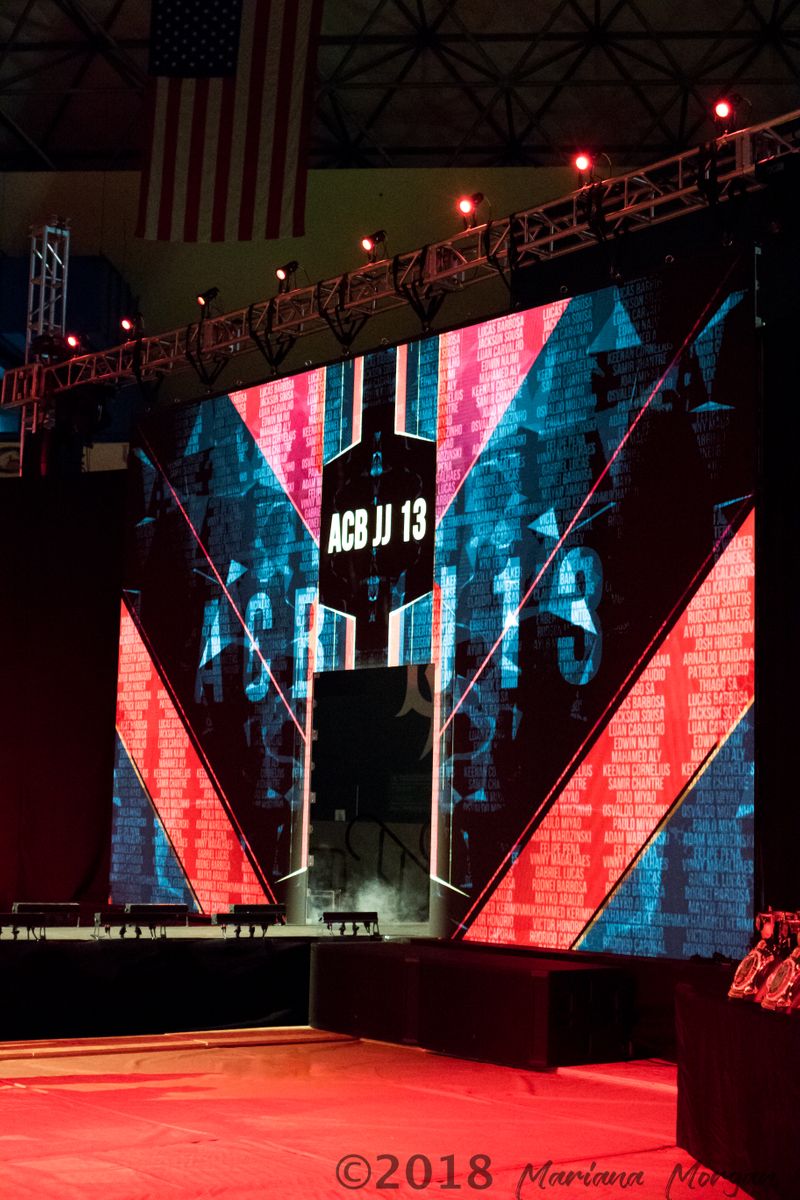A Thorough Analysis of Various Light Emitting Diode Video Screen Technologies and The Applications
A Thorough Analysis of Various Light Emitting Diode Video Screen Technologies and The Applications
Blog Article
LED display screens have become more popular in various settings, such as music events, athletic competitions, as well as corporate meetings. These large screens are made up of many small LED modules which function collectively to form a cohesive unified visual. There are multiple types of LED video wall technologies on the market, each with its unique characteristics as well as advantages. Grasping these technologies options can assist businesses as well as entities select the appropriate option for their particular requirements.
A common kind of LED video screen technology is the directly viewed LED. This solution utilizes individual LED units which are arranged closely together to create a big screen. Direct view Light Emitting Diode screens are known for their high brightness as well as lively colors, making them ideal for external activities or brightly illuminated settings. They also have a broad sight perspective, allowing indicating that viewers can see the display clearly at various locations. This makes directly viewed LED walls a favored option for stadiums and outdoor festivals.
Another type of Light Emitting Diode display wall solution is the LED illuminated LCD. This solution combines traditional LCD displays and Light Emitting Diode backlighting to enhance brightness and hue precision. LED illuminated Liquid Crystal Displays are often used in indoor settings, such as retail malls as well as conference rooms. These displays provide excellent image clarity while are generally more cost-effective than direct view LED walls. Nonetheless, they may often perform as well in bright environments, as the backlighting can occasionally dull the hues.
Another thirdly choice is the OLED video screen. Organic Light Emitting Diode solution offers exceptional differentiation and color depth compared to alternative kinds of screens. Every dot in an Organic Light Emitting Diode screen produces its individual luminescence, enabling for genuine dark tones as well as lively hues. Such renders Organic Light Emitting Diode display screens especially appealing for uses which demand high-quality images, such as art galleries or high-end retail stores. However, OLED technology can be costlier costly while may often be as luminous as directly viewed Light Emitting Diode screens, rendering it less appropriate for outdoor use.
In addition to the aforementioned technologies, there are also multiple uses for Light Emitting Diode display screens. They can be used for advertising, amusement, as well as data display. For example, companies commonly use LED video screens for electronic signage to attract customers and promote goods. In entertainment, these displays enhance the sight encounter at concerts and gatherings, offering dynamic backgrounds as well as captivating visuals. Within corporate settings, Light Emitting Diode video walls can be used for demonstrations, visual conferencing, as well as educational sessions, helping to communicate information in a aesthetically attractive way.
In conclusion, Light Emitting Diode display walls come in different technologies, each having its unique advantages as well as uses. Direct view Light Emitting Diode screens are great for outdoor applications, while LED illuminated Liquid Crystal Displays are more suitable for interior settings. OLED display screens offer exceptional visual quality but may be at try these out a higher price. Grasping the differences variations can assist entities make informed choices about the best type of Light Emitting Diode display wall most meets their requirements, whether it be for advertising, entertainment, or business applications.
